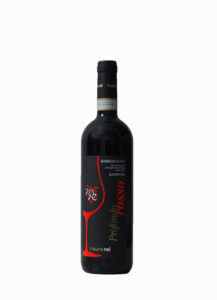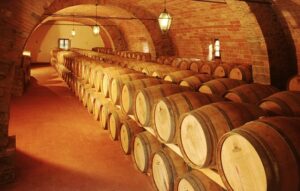Maturation and ageing

The alcoholic fermentation of sugars is the first stage of wine making. But to have more stable, soft and evolved wines (the discourse applies especially to the Reds, but in some cases also for whites and rosé), it is indispensable that, after the first, a second fermentation, the so-called malolacticOne, is necessary. This process, due to the action of specific bacteria, leads to the transformation of malic acid (an acid with a very strong flavour, present in apples, from which it takes its name), tolactic acid, decidedly less aggressive; This leads to a significant decrease in the acidity and the softening of the wine. Malolactic fermentation is therefore a real natural deacidification of wine, and is the starting point for obtaining balanced, biologically stable and age-appropriate wines.
The occurrence of a series of conditions (poor presence of sulphites in the wine, temperature of not less than 18-20 ° C, sufficiently high PH) determines the beginning of the process: sometimes already before the racking (at the end of the alcoholic fermentation) in other cases Just after or, again in spring or early summer, with the increase in temperature in the cellar. With this wonderful process of nature the wine begins to change considerably its organoleptic characteristics: the colour turns towards less alive, warmer tones; The scents are enriched with nuances; The flavour acquires in roundness and fullness. The maturationphase begins.
For the wines to be consumed young people, which are characterised by the vivacity of the colours, the freshness of the perfumes, the immediacy of the taste impact, the maturation involves only one phase. In the case of important wines, destined for longer life, it follows theageing in barrel or barrique, and then therefinement in bottle. The final result of this twofold process is very different from those just released, as a result of profound modifications of the colouring substances and constituents of the aroma. For hereit is about the appearance, in the Reds the color becomes less intense,

Passing from the lively ruby to garnet and orange tones; The Whites become golden at first, tending progressively to yellowing. In the scent disappear the primary aromas that resemble the grape and takes shape the bouquet, more intense, fine and complex, while the flavour loses the most angular and coarse characters (astringency and acidity) to balance and soften.
During this period, which can be more or less long, the wine undergo slow modifications until reaching the highest point of its evolution: the right shade of color, the elegance and finesse of the bouquet, the fullness and roundness of the taste.
